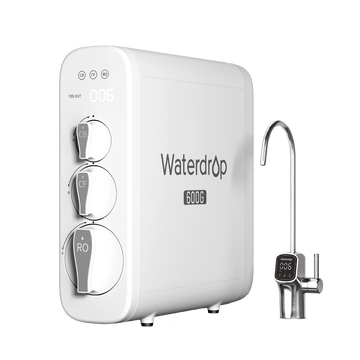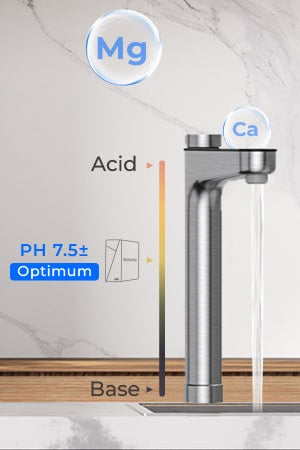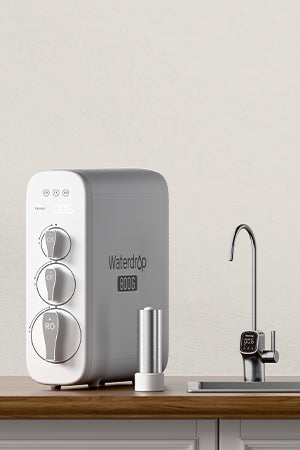How to Protect Yourself from Radiation in Drinking Water
What Are Radioactive Materials?
Radioactive materials are substances that emit ionizing radiation, a form of energy capable of dislodging electrons from atoms present in the atmosphere and water. This radiation can also cause the breakdown of molecules within the human body.


Is Radiation Found in Your Water System?
Drinking water for more than 170 million Americans contains radioactive elements at levels that may increase the risk of cancer, according to an EWG analysis of 2010 to 2015 test results from public water systems nationwide.
Reverse Osmosis (RO)
The Environmental Protection Agency (EPA) highlights RO as highly effective in purging water from pollutants. RO membranes, featuring pores as small as 0.0001 microns, enable water molecules to pass while capturing radioactive elements like uranium and radium. This guarantees a supply of cleaner and safer drinking water for your family.
The Environmental Working Group (EWG) acknowledges reverse osmosis as a potentially superior technology for combating uranium-radioactive elements.
Additionally, the Minnesota Department of Health recommends considering home water treatment systems like ion exchange water softeners and reverse osmosis systems to lower radionuclide levels in your water.
Ion Exchange
An alternative method for removing radioactive materials is ion exchange. Water flows through a resin containing exchangeable ions. These ions form stronger bonds and displace weaker radioactive materials in the water, leaving the radioactive materials in the resin. Radium, a cation (positively charged ion), swaps with other cations like potassium or sodium. Uranium, an anion (negatively charged ion), exchanges with other anions like chloride.


Carbon Filtration
Carbon filtration is also effective in removing radioactive materials from water. Water passes through a filter made of activated carbon. The carbon absorbs and captures radioactive contaminants within the water, contributing to improved water quality.












































































